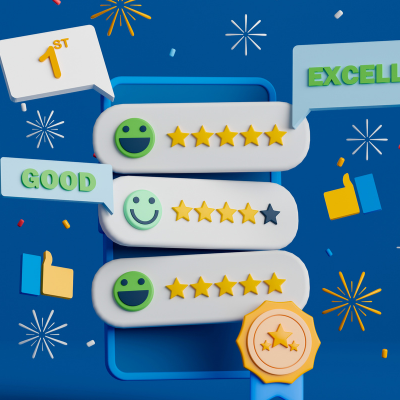International Transgender Day of Visibility takes place annually on March 31 to celebrate transgender and gender non-conforming people, their contributions to society and to raise awareness of discrimination faced by transgender people worldwide.
It’s vital to recognise occasions such as this one because many trans people often experience stigma, discrimination and the pressure to manage their identities in social settings – including the workplace – to suit the expectations of others.
20% of this generation currently identify as LGBTQ+
Without a doubt, these experiences can trigger responses that have a negative effect on a trans individual’s mental wellbeing, job satisfaction and inclination to remain with an employer.
Today, even with more awareness than ever around trans issues, many employers are not fully equipped to create the policies, frameworks and workplace cultures that would support trans employees.
However, younger generations, including millennials, are paving the way for gender diversity and inclusion. According to research by media monitoring organisation GLAAD, 20% of this generation currently identify as LGBTQ+, compared to 7% of baby boomers and 12% of Gen X.
As a result, a greater number of people are able to directly relate to the problems caused by transgender exclusion and push for solutions. Given that millennials currently dominate the workforce, they can help to shape and influence policies, hiring and business decisions, all for the greater good.
This is why ignoring the issues and failing to adopt trans-inclusive policies and practices can cost businesses in the form of reputational damage, profit loss, reduced engagement, motivation and productivity and possible legal proceedings.
There are also considerable benefits to having a trans-inclusive workplace. It creates greater innovation, makes brilliant candidates easier to find and retain and develops better employment and customer engagement.
“whilst our gender identity is an important part of our lives, it’s not the only thing we focus on”
Bearing this in mind, we collaborated with Debbie Cannon, a trans individual and activist who recently found her next career step through MERJE, to share some tips on how employers can create an inclusive workplace which promotes wellbeing and success of trans employees.
Debbie said, “The narrative around trans people in the mainstream media is one that looks to spread disinformation and spread fear. Trans people are like the rest of the population – we’re multifaceted and, whilst our gender identity is an important part of our lives, it’s not the only thing we focus on.
“Employers and recruiters, if they want to be people who thrive, have to understand that for a trans person the most important aspect of their transition or gender identity at work is that it doesn’t become an issue.
“In learning inclusive practices, being candidate/employee-led and focusing on skills and performance rather than other elements, you’re allowing the individual the capacity to fulfil the role they’re employed to do.”
Have open and honest conversations
Building trusted employer/employee relationships through the art of conversation is a great way to start forming an inclusive framework. Aim to cultivate an open door policy and set up an LGBTQ+ networking group as a safe space for people to share their thoughts, insights and experiences. Having them as an easy-to-reach resource will help to ensure that employees can be themselves at work.
When they are looking for advice, take the time to listen carefully and ask questions. Be careful not to pay lip service; it is vital to actively implement constructive measures that stem from these conversations rather than just agreeing with them and moving on. If employees feel like they’re not being heard, this can prove to be detrimental to your business.
Hold workplace training sessions and workshops
Training programs and workshops improve and foster understanding and cooperation for your whole team. Through learning and development, it’s possible to enable progress, promote action and exact positive change on a long-term basis. Improving your workforce’s understanding and opening up conversations about these topics will enable you to understand which solutions the business and its hiring model needs in order to be more inclusive.
Harness the power of AI
There have been huge advancements in AI and machine learning to help achieve diversity and inclusion. It functions by assessing data, environments and situations to help companies identify gaps and weak spots within their D&I policies.
AI can also be used to create unbiased job descriptions and documents and analyse language to make it more relatable. AI leads to more rational and impartial decisions by removing human emotions and putting emphasis on hard figures and data.
However, don’t forget to implement any resulting changes using the human touch, because machines alone won’t address and fix all diversity issues.
Use the correct language and terminology
Removing biased language, such as gender choices, on application forms and replacing those with an empty box, adding the pronouns ‘they/them’ into communications or letting employees choose their given name can all help to spark welcome changes.
Stripping away assumptions, giving people the freedom to be who they are at all levels and respecting their choices about their identity is important for building confidence and feeling welcome in the work environment.
Respect privacy
Every transgender individual is on a different part of their journey to discovering and accepting their identity. Therefore, it is important for your business and employees to understand and respect this, as some trans people will be more reserved than others about their personal lives.
“the most important aspect of a trans person’s transition or gender identity at work is that it doesn’t become an issue”
Promoting a clear message about your company’s ethos and policies and the support that is available, without pushing transgender people to get involved or openly identify themselves as trans, will give them the space and privacy needed. Then, if they do wish to speak openly about it, they can do so when they’re ready, in their own time.
Align external and internal communications
It’s important to practice what you preach in your external communications as you would your internal. You can help to celebrate your diverse workforce by including all employees in your marketing, advertising and PR.
Take the time to be authentic when you do so, as nobody will appreciate what are clearly tokenistic gestures. This will help to cement the messages that you’re pushing for and ensure, in turn, that they resound clearly with your client base and increase brand buy-in and loyalty.
Be clear in your reporting
Reporting is vital for proving the value of diversity and inclusion policies. If companies don’t record and analyse the data they are gaining from their efforts, then they can’t improve and identify gaps.
Through regular reporting, you can share the results with the wider business and community, so they can share their own thoughts and see the tangible actions being taken which will instil trust and support while making sure that everyone is working towards the same goals.
Transparent reports will also give you a competitive advantage, positioning your business as an honest, open thought leader, which will ultimately increase your appeal among potential employees, clients, stakeholders and investors.
Develop a cohesive narrative
When using your reporting to relay data insights and your experiences of creating a more inclusive workplace to a wider audience, storytelling is vital to help the information resonate on an emotional level.
Statistics which support your efforts to be more diverse are all very well but don’t really provide the full context. It’s far better to elaborate with a more personal and colourful case study or social media post showing your workplace culture so that your people come to life and aren’t just a number or part of a box-ticking exercise.
What to take away?
Achieving true diversity and inclusion takes time, effort and is a constant work in progress. However, implementing the above points will assist with getting closer to the ultimate goal of driving talent retention and becoming a better employer.
Debbie added, “They say a happy worker is a productive worker! They’re not wrong. In the last decade, since transitioning, I’ve had a greater impact than my first 20-odd years at work – it’s no coincidence!”
At MERJE, we’re passionate about supporting businesses to create diverse workforces and inclusive environments through our MERJE Together pledge. We believe that gender should not and does not affect an individual’s career opportunities, and will only take it into account during our processes if the candidate requests so.
If you would like to discuss this, or any of the topics covered in our articles, please get in touch.







